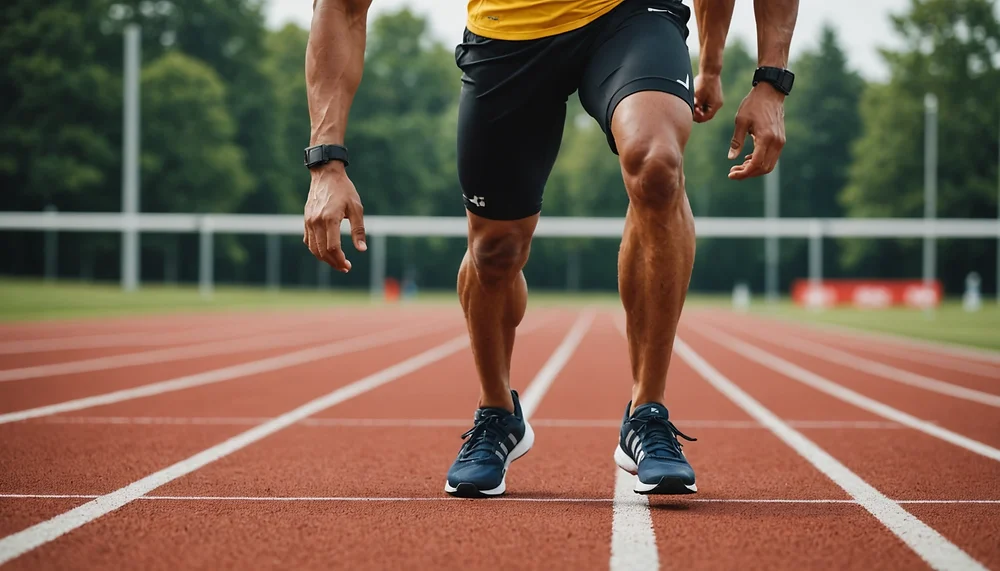Why the Right Tools Elevate Every Sprint and Jump

On a cool morning at a running track, a young sprinter crouches into the blocks. The surface underfoot, the spikes on the shoes, and the timing gates at the finish all shape what happens next. Every fraction of a second counts, and each piece of gear plays its part. Far from being extras, well-chosen tools make movement smoother, safer and more efficient, turning potential into measurable performance.
Athletics is a sport of fine margins. Technique matters, but so does the environment that frames it. Surfaces, measuring systems and training aids all influence how athletes develop power, rhythm and consistency. When equipment matches an athlete’s needs, it creates conditions for skill to grow; when it doesn’t, progress stalls or injuries accumulate.
Athletics equipment asserts its quiet influence. Starting blocks stabilise the first explosive push, hurdles calibrate stride rhythm, and landing pits absorb impact from high or long jumps. Each element converts abstract training plans into physical feedback, teaching the body where and how to apply force. Without these anchors, drills lose precision and athletes rely on guesswork.
Manufacturers design and test gear with this precision in mind. They adjust block angles to optimise force transfer, refine mat densities for impact absorption and experiment with lighter, stronger materials for poles or implements. Small changes in geometry or texture can shift how energy moves through the body. The outcome is equipment that interacts with the athlete rather than sitting inertly under them.
Coaches build training sessions around these tools, sequencing drills so each piece of gear reinforces the next skill. Blocks teach explosive starts; plyometric boxes teach landing control; timing systems reveal gains invisible to the naked eye. This integration turns the track or field into a living classroom where cause and effect show themselves immediately.
Still, athletes must learn to work with, not lean on, their equipment. A starting block won’t create power if form is poor. A soft landing pit won’t prevent injury if technique collapses mid-air. Trainers emphasise fundamentals first, then use equipment as a way to enhance, not mask, skill. This approach preserves discipline and keeps improvements grounded in real ability.
Facilities also recognise the value of maintenance. Surfaces wear, spikes dull and electronics drift out of calibration. Regular checks preserve consistency, ensuring each training session offers the same reliable feedback. This stability lets athletes judge their own progress rather than adapt to fluctuating conditions.
Public trust often hinges on these invisible details. Parents bringing children to a club, or sponsors evaluating a programme, read quality gear as a sign of commitment. A well-kept track or field signals care for the athletes’ development and safety. This perception can boost enrolment, attract funding and strengthen a club’s reputation as a serious training ground.
Design choices extend beyond performance to inclusivity. Adjustable hurdles, varied weight implements and textured lane markers open athletics to a broader range of ages and abilities. This adaptability reflects a cultural shift toward making sport more accessible while still demanding excellence from those who pursue it.
Every major meet begins with details built at the grassroots. Consistent lane markings, stable hurdles and precise timing systems give athletes a foundation they can trust. When that same level of care exists at higher levels, the jump from local training to international competition feels less like a leap into the unknown. Athletics equipment becomes the thread connecting small-town practice sessions to the biggest stages, turning familiar habits into competitive readiness.
Rather than an afterthought, gear shapes the texture of practice, the rhythm of improvement and the safety of progress. When chosen carefully and maintained well, it turns a strip of track or a sand pit into more than a field of play. It becomes a platform where preparation meets possibility, and where every movement, from the smallest drill to the biggest leap, stands on solid ground.

